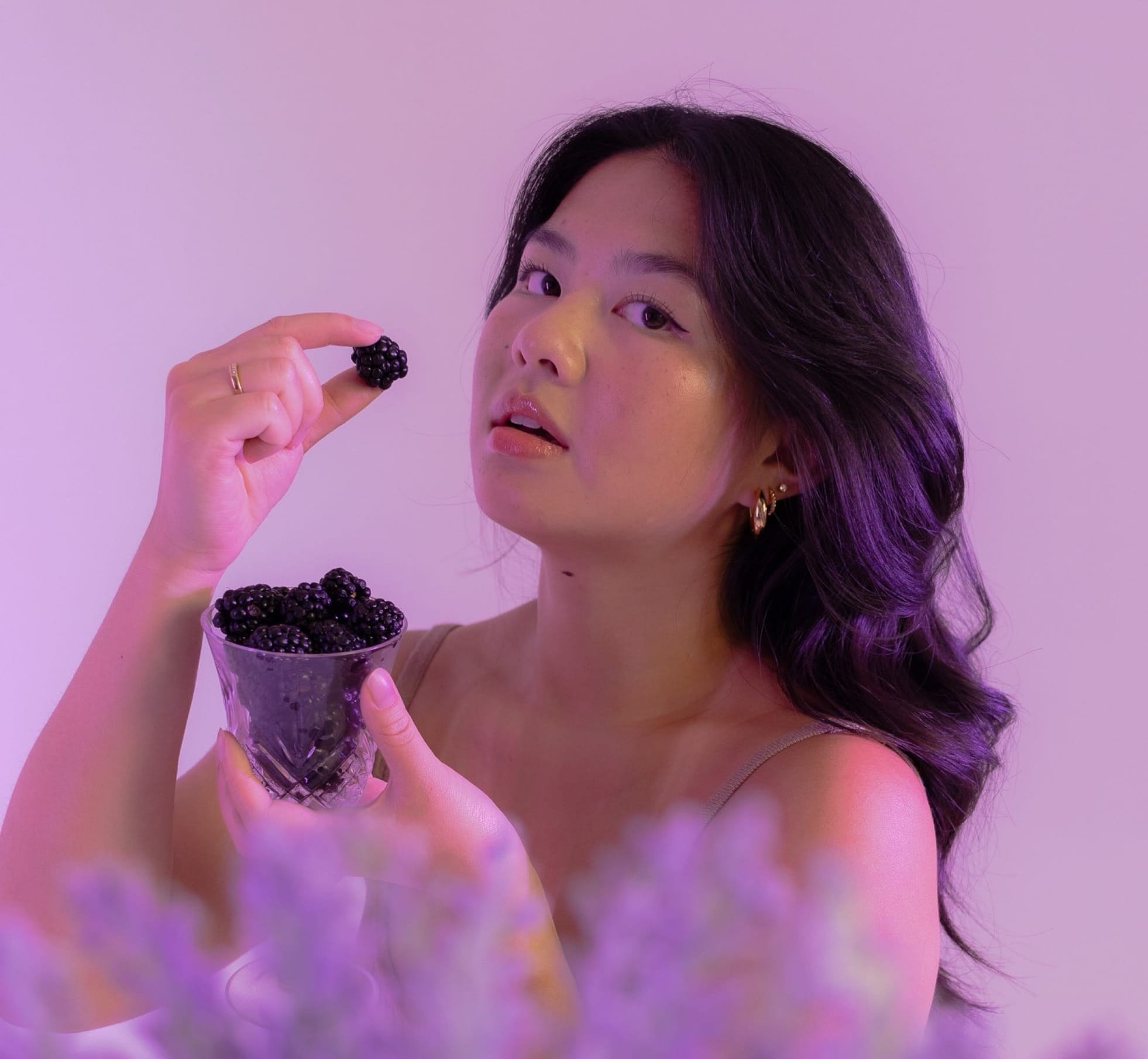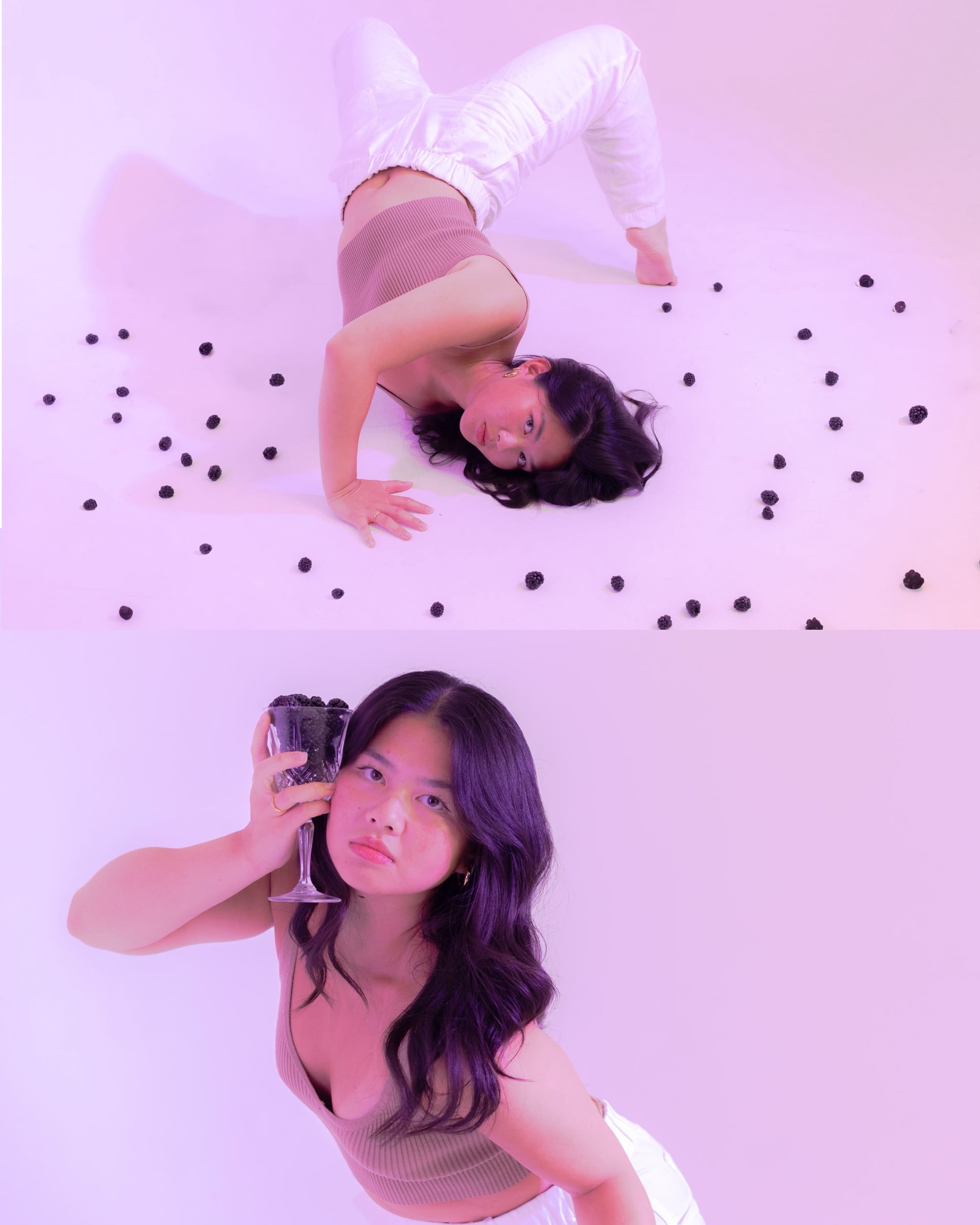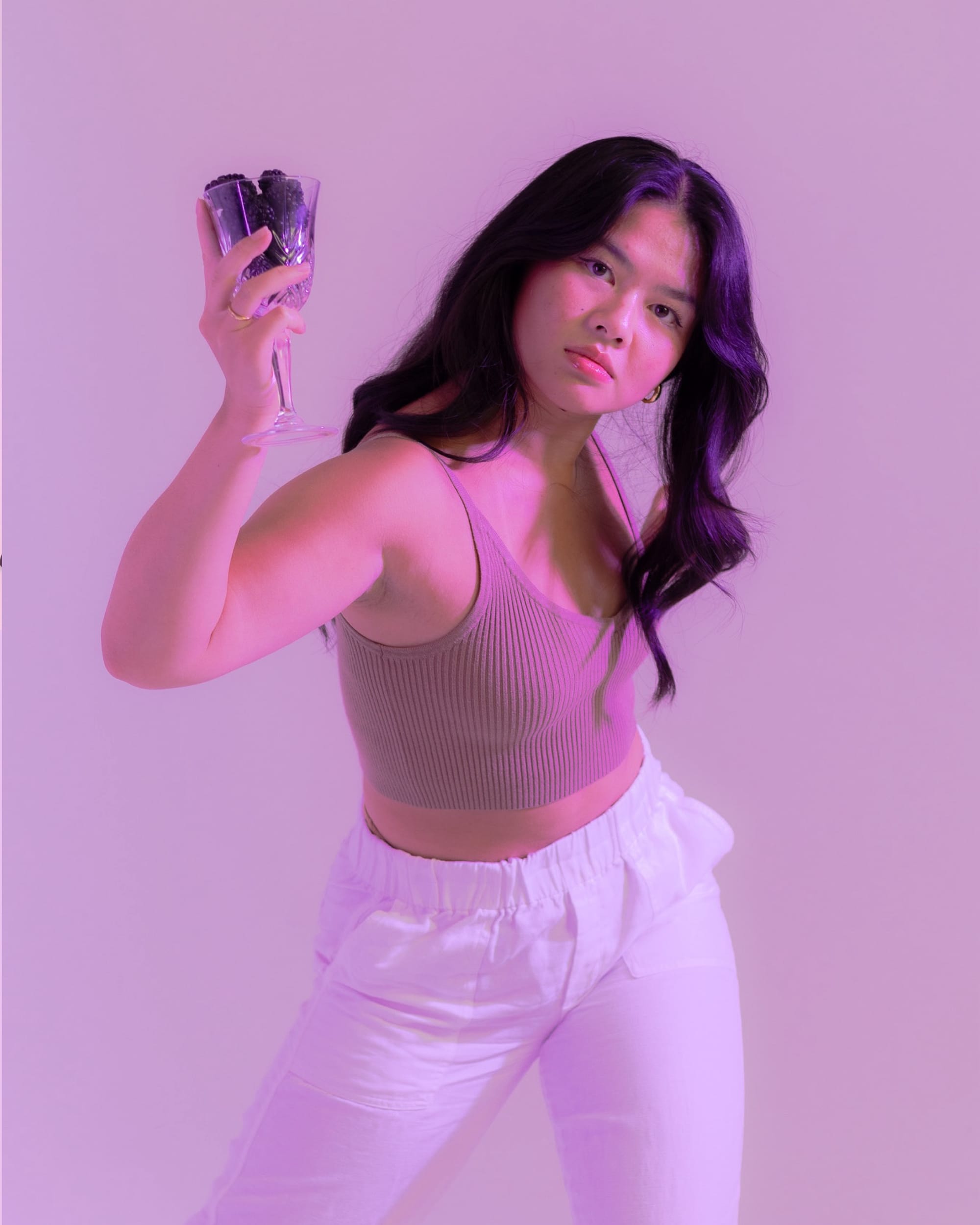The Power of Purple: Anthocyanins Pack an Anticancer Punch

Step into the vibrant world of anthocyanins - the unsung heroes of the plant kingdom that do much more than catch your eye. These water-soluble pigments, members of the flavonoid family, are responsible for painting our fruits and vegetables in stunning shades of red, blue, and purple. But don't let their beauty fool you; these compounds are powerhouses with a secret weapon against cancer. Anthocyanins have potent antioxidant properties that allow them to combat major
chronic diseases where oxidative stress is an underlying factor, such as cardiovascular disease, metabolic diseases, and cancer.
Where to Find These Cancer-Fighting Compounds
Want to add more anthocyanins to your diet? Look for deeply colored fruits and vegetables. Some top sources include:
• Mulberries (up to 704 mg per 100g)
• Black elderberries (up to 463 mg per 100g)
• Blackcurrants (up to 305 mg per 100g)
• Blackberries (up to 139 mg per 100g)
• Blueberries, strawberries, and raspberries
Remember, the anthocyanin content can vary based on factors like growing conditions and processing methods.
How Do Anthocyanins Fight Cancer?
Anthocyanins aren’t just a one-trick pony - they're multi-talented cancer fighters. Let's dive into their arsenal of weapons against cancer.
Antioxidant Powerhouses: Imagine your body as a bustling city, and oxidative stress as rust slowly corroding its structures. Anthocyanins act like an army of rust-busters, neutralizing harmful reactive oxygen species (ROS) that can damage your cells and DNA. They do this in two clever ways:
• Direct action: Anthocyanins can directly scavenge free radicals, thanks to their unique chemical structure.
• Boosting your body's defenses: They can increase levels of antioxidant enzymes like superoxide dismutase, essentially recruiting more rust-busters to join the fight
Inflammation Busters: Chronic inflammation is like a smouldering fire that can fuel cancer growth. Anthocyanins act as natural fire extinguishers in your body. They can decrease the expression of inflammatory factors like COX-2 and the production of PGE-2. Moreover, they can modulate the NF-kB pathway, a key player in initiating inflammation. By cooling down this inflammatory fire, anthocyanins help create an environment less favourable to cancer development.
Cellular Roadblocks: Cancer becomes particularly dangerous when it spreads, a process that relies on cells' ability to migrate. Anthocyanins may help put the brakes on this process. They've been shown to interfere with a cellular process called epithelial-to-mesenchymal transition(EMT). By helping maintain levels of a protein called E-cadherin, anthocyanins make it harder for cancer cells to pack their bags and move to new locations in the body.
Tumor Starvers: For tumors to grow, they need a blood supply. The process of creating new blood vessels is called angiogenesis, and it's a crucial target in cancer treatment. Anthocyanins show promise in disrupting this process. They've been found to downregulate the expression of pro-angiogenic factors like matrix metallopeptidases and vascular endothelial growth factor(VEGF). In simpler terms, they help cut off the tumour's supply lines.
The Drawbacks: Why Anthocyanins Aren't Perfect
As exciting as anthocyanins are, they do have some limitations we need to be aware of:
- Low Bioavailability: Our bodies can be a bit picky about absorbing anthocyanins. The acidic environment of our stomachs can make it challenging for these compounds to enter our bloodstream effectively.
- High Reactivity: Anthocyanins are sensitive souls. They can break down easily when exposed to oxygen, light, and changes in pH. This means they might degrade as they travel through our digestive system, potentially reducing their effectiveness.
These challenges don't make anthocyanins any less promising, but they do highlight areas where more research is needed to maximize their potential benefits.
The Main Takeaway: A Colorful Future for Cancer
Research
While we can't claim that anthocyanins are a miracle cure for cancer, the research so far is undeniably exciting. These vibrant compounds show promise in fighting various types of cancer through multiple mechanisms, all while being naturally present in delicious, healthful foods.
As we await more comprehensive human trials, one thing is clear: adding more anthocyanin-rich foods to your diet is a tasty way to potentially boost your health and support your body's natural defences against cancer.
So, the next time you're at the grocery store, remember to paint your cart with the colours of health. Your body - and potentially your long-term health - will thank you for it!
Want to Get Started? Here’s an Easy Recipe Involving
Anthocyanin
Berry-Packed Smoothie Bowl
Ingredients:
• 1 cup frozen mixed berries (blueberries, blackberries, raspberries, and strawberries)
• 1 banana (fresh or frozen)
• 1/2 cup plain Greek yogurt (or a dairy-free alternative)
• 1/2 cup almond milk (or any milk of your choice)
• 1 tablespoon honey (optional, for added sweetness)
• 1 tablespoon chia seeds (for extra nutrition)
• 1/2 teaspoon vanilla extract (optional)
Toppings:
• Fresh berries (blueberries, strawberries, raspberries)
• Sliced banana
• Granola
• Shredded coconut
• Nuts and seeds (like almonds or walnuts)
• Drizzle of honey or almond butter
Instructions:
- Blend the Smoothie Base:
• In a blender, combine the frozen mixed berries, banana, Greek yogurt, almond milk, and honey (if using). Blend until smooth and creamy. If the mixture is too thick, add more almond milk to reach your desired consistency. - Pour and Smooth:
• Pour the smoothie into a bowl. Use a spoon or spatula to smooth out the top. - Add Toppings:
• Decorate the top of your smoothie bowl with fresh berries, sliced banana, granola, shredded coconut, nuts, and a drizzle of honey or almond butter. Get creative with your arrangement! - Serve and Enjoy:
• Grab a spoon and dig in! Enjoy the burst of flavors and the nutritional benefits of anthocyanin-rich fruits.
Meal Planning Made Easy
Remember, while anthocyanins are awesome, they’re just one piece of the cancer prevention puzzle. For more info on other cancer-fighting foods and lifestyle tips, keep exploring Anticancer.ca. Your body will thank you!
Stay healthy, stay informed, and don't forget to eat your mulberries!
This article is based on peer-reviewed information. Read the full article about anthocyanin for comprehensive scientific evidence, clinical trial information, and citations: https://anticancer.ca/docs/anthocyanin
Written by Adin Aggarwal and Caitlin Tan
Photographer: @genpicache.photography (Instagram)
Model: @bronwynyu_ (Instagram)



